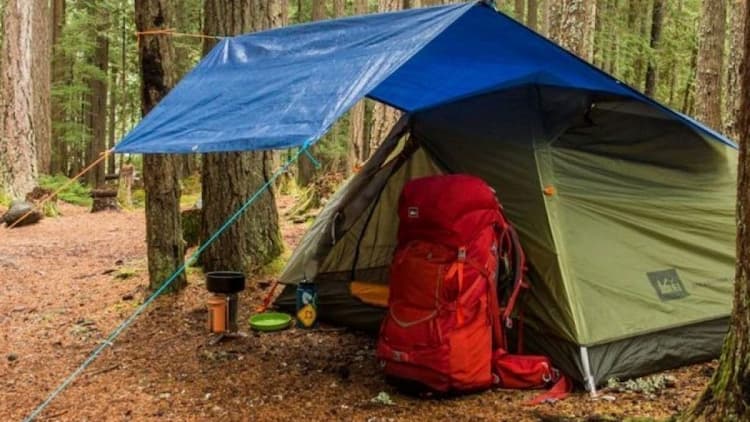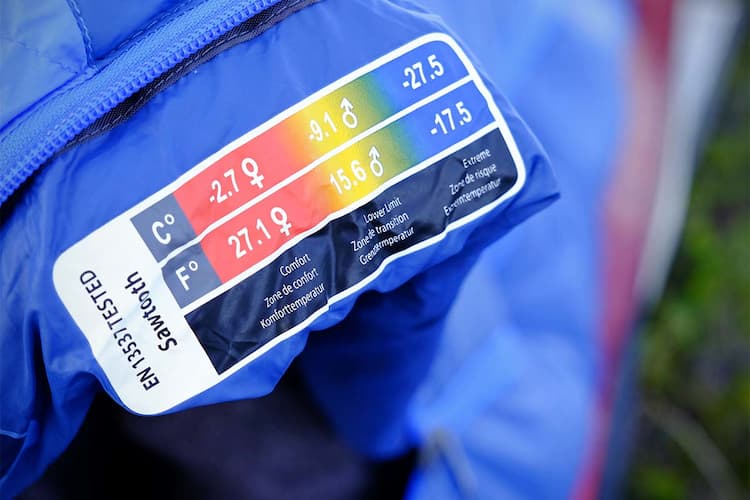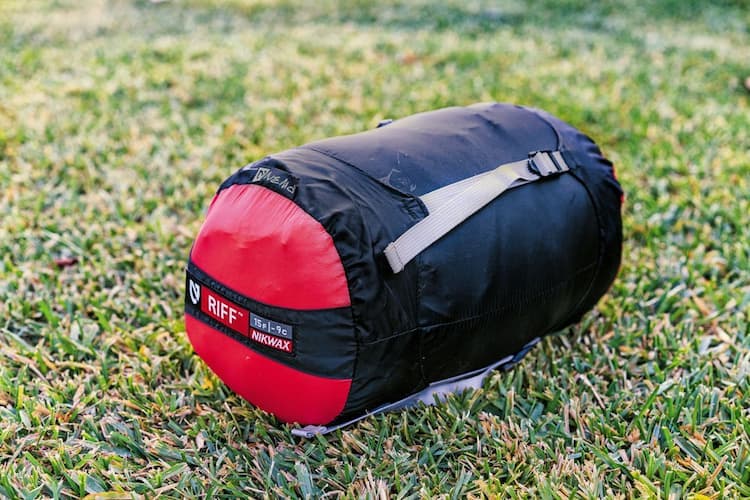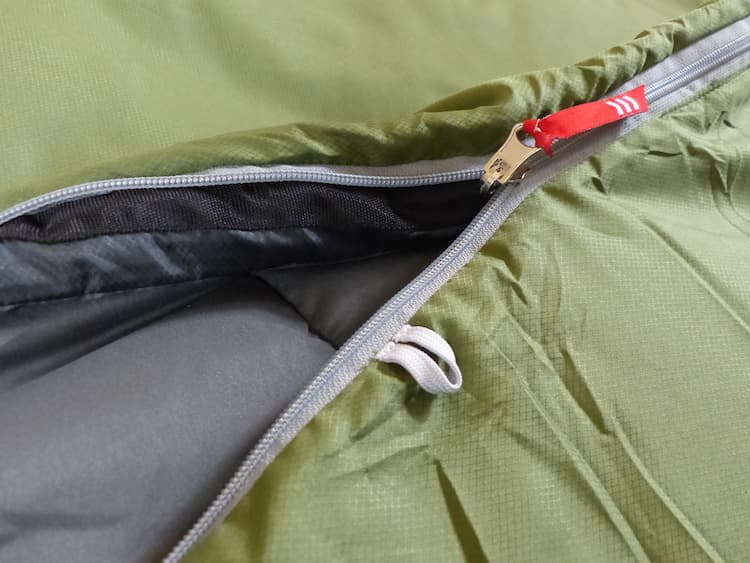Hiking is an excellent way to have fun outside with your family or friends while still getting some much-needed exercise. If you’re thinking about going on a hiking trip, it’s essential to think about what supplies you’ll need before you head out to the mountains. Depending on the duration of your trip, where you’re going, and your degree of skill, you’ll probably want more supplies than simply water and food. Being confident you have everything you need is critical for a safe and enjoyable hiking adventure.
Shelter
Shelter means protection, and for hikers, it means protection against all weather situations. The shelter is very important in protecting you against bad weather conditions like rain, snow, sunburns, mosquitoes and other dangers like animal attacks. These shelters can be tents, waterproof tents or tarpaulins among others. If you get two or three people going hiking together then you will need a tent or waterproof tent that can accommodate all of you comfortably. If you go alone then a tarpaulin will do for you. This is because a tarpaulin will not require much effort to set up, unlike a tent which requires more time and effort when setting up, especially if you are alone. A tarpaulin is lightweight and easy to carry around as well as set up.

Sleeping Equipment
If you’re heading out on a multi-day hike, you’ll need a good backpacking sleeping bag. There are plenty of factors to consider when choosing one, including the temperature rating and weight.
Temperature Rating
The temperature rating tells you what temperatures the bag is intended for, for example, a 30°F bag is best used in temperatures down to 30°F. The temperature rating is usually printed on the outside of the bag or listed in its specifications. If it’s not there, check the manufacturer’s website or contact them directly to ask.

Weight
The weight of your sleeping bag is important because it affects how much you can carry in your backpack. This also affects how much energy you expend when carrying that load around all day long. You want a lightweight sleeping bag so that it doesn’t add too much weight to your pack and so that it doesn’t wear you out faster than necessary on long hikes. Look for bags that weigh under 2 pounds for summer use (when temperatures aren’t as cold) and under 4 pounds for winter use (when temperatures are colder).

Fiberfill or Down?
Another thing you’ll want to look at when choosing a backpacking sleeping bag is whether it’s filled with down or synthetic fibre insulation (such as polyester). Down is warmer than synthetic fibre because it traps more air inside its fibres than synthetic material does, so it retains heat better than synthetic insulation does. However, down loses its ability to retain heat when wet, so if you’re planning on camping in rainy conditions, synthetic insulation will be a better choice (but it won’t be as warm). In general, down offers better quality sleep but weighs more than synthetic insulation does.

Closing
Most sleeping bags have zippers that can be closed from either end, which allows you to sleep with your head at the foot of the bag if it’s too warm inside or with your head at the top of it’s too cold outside. Some have double zippers so you can unzip one side for ventilation while still keeping yourself covered by the other side’s zipper flap.

Water Purification
Purifying your drinking water is one of the most important things to consider when hiking. You don’t want to end up with a case of giardiasis, which is caused by bacteria that live in animal feces and contaminated water.
You can purify your water by boiling it for at least five minutes or using a portable filter or tablets that eliminate viruses, bacteria and protozoa (parasites).

First Aid Kit
A first aid kit is essential for anyone who hikes in remote areas where help may not be readily available. Make sure it includes bandages, gauze pads and butterfly closures, adhesive tape, antiseptics and antibiotics, pain relievers and insect repellents (keep in mind that some insect repellents can cause allergic reactions in some people). Pack plenty of extra supplies because you never know when you’ll need them!

Before You Travel, Do Your Homework
While some people prefer to wing it on the trail, others like to have a detailed itinerary and know exactly what they are facing. If you’re in the latter category, take the time to research what you will be doing and what gear is necessary for your trip. This could include checking weather reports for the area and time of year, looking at photos of other hikers in the area and seeing what they are wearing and bringing, or even talking to guides who have been there before.

To Sum Up
Hiking is an excellent way to enjoy the outdoors and get some fresh air. To ensure you have a great time and keep everyone safe, it’s important that you think about what you’ll be doing and how long you’ll be out on your hike. Don’t forget the essentials: water, food, shelter, warmth, and safety. Who knows? Maybe there will even be a few clouds in the sky to look forward to! Hiking essentials can vary based on individual needs and preferences, but they’re all necessary for one form or another.
